En-closure a miniature medley at Satrang Gallery
The artists’ work maps out their journey of hardships and resentment and how they rose above them.
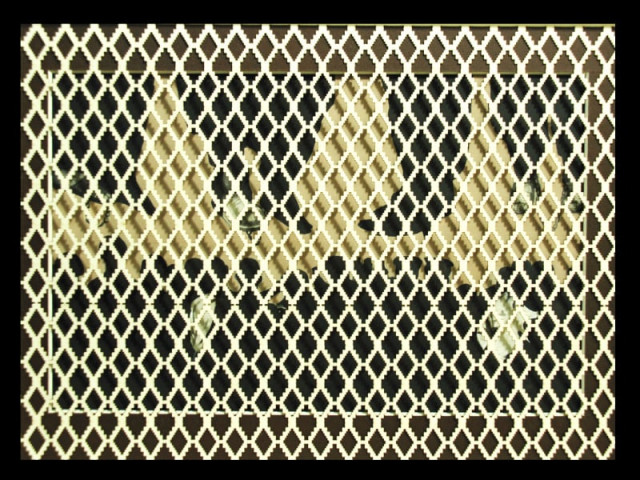
A visit to the gallery elicited a positive engagement, as the artists exhibit an impressive combination of skill and ideas. PHOTO: PUBLICITY
Miniature art is often stereotyped and interpreted through the usual symbolic language of visuals like monarchs, doe-eyed beauties or horses dating back to the Mughal era. However five contemporary artists from the National College of Arts showcased their artworks at Satrang Gallery on Friday evening, weaving their own narratives into the art form.
Titled ‘En-closure’ the show features the artworks of Ramzan Jafri, Rubab Jawaid, Shahabdullah Alamee, Shakila Haider and Yasir Waqas, showcasing a stunning collection of miniature works. Each artist has used a unique set of imagery to portray their combined theme with delicately ornate patterns and fabric playing an important role.

Zahra Khan, the gallery curator commented on the exhibition, saying: “United by their love of art and their ability to find solace through their work, these artists use their painting process as a means of finding closure against the atrocities they have faced individually.”
Rubab Jawaid has recreated the essence of embroidery on fabric, using cross-stitch material. “I think embroidery and miniature are similar,” she said, adding that she was fascinated by her mother and grandmother when they stitched patterns back in her childhood, but she herself never got the time to learn it.
Irsa, a guest at the gallery said that one of the miniature pieces reminded her of the concept of infinity, as tangible surfaces merge into an endless horizon of sorts on the canvas.
Shakila Haider took on a bolder stance with her series, ‘Beyond the border’ that talks about her father’s persecution in Afghanistan on suspicion of him being a Soviet supporter, following his suicide. “The series is like a tug-of-war between my experiences with my father, and my father’s feelings for the world around him. But the ultimate paradox is that I want to immortalise through my artwork that despite being a casualty of war, I choose to stand as a symbol of hope and inspiration,” she said.

Shrouded behind metallic, geometric patterns, the little details of colour shine in her canvases. Glimpses burqa-clad women hovering over sewing machines; showing hints of reality that not all get to see.
Shahabdullah Alamee’s on the other hand, reflects deep philosophy on his canvas. Inspired from the poetry of Rumi and Iqbal, he explores the concept of duality. “Making a choice brings you to a struggle, a fight that you need to make. Finding your reality easily or taking the hard route through,” said Alamee about his work. One of the pieces titled ‘Khaar’ (meaning thorn in Persian) shows demons creating obstacles for the innocent, a demure angelic figure that must fight for itself.

Yasir Waqas explores the conflict within one’s self. Destined to become a GPL pilot and an aircraft mechanic like his father was not enough for Waqas, who grew up around toy airplanes; dismantling and joining them together and learning mechanics of real airplanes. However, he felt limited and constrained. “Something I wasn’t really sure about, gave way to a conflict within me,” said Waqas, whose art pieces are an amalgam of airplane parts with a bird-like focal to the image and a mandala (a Hindu or Buddhist graphic symbol of the universe) in the backdrop, through which one can reach nirvana. He takes organic and merges it with metallic, much like the natural and constructed layers of the human psyche and state of mind.

Like Haider, Alamee and Waqas, Ramzan Jafri also belongs to Quetta and he is cognizant of the reality that the environment over there is not very conducive to art activities. “Everything that happens around me, affects me directly or indirectly and becomes the subject matter of my artwork,” he said. His miniature paintings enable him to stay in touch with the centuries-old traditions of the Indian subcontinent, while he also incorporates modern techniques such as collages and mixed media to express himself.
Published in The Express Tribune, May 12th, 2014.
Like Life & Style on Facebook, follow @ETLifeandStyle on Twitter for the latest in fashion, gossip and entertainment.

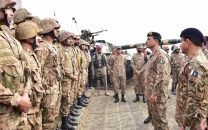
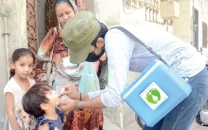
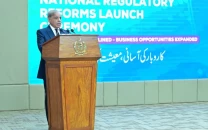
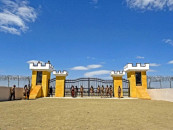
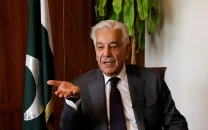












COMMENTS
Comments are moderated and generally will be posted if they are on-topic and not abusive.
For more information, please see our Comments FAQ